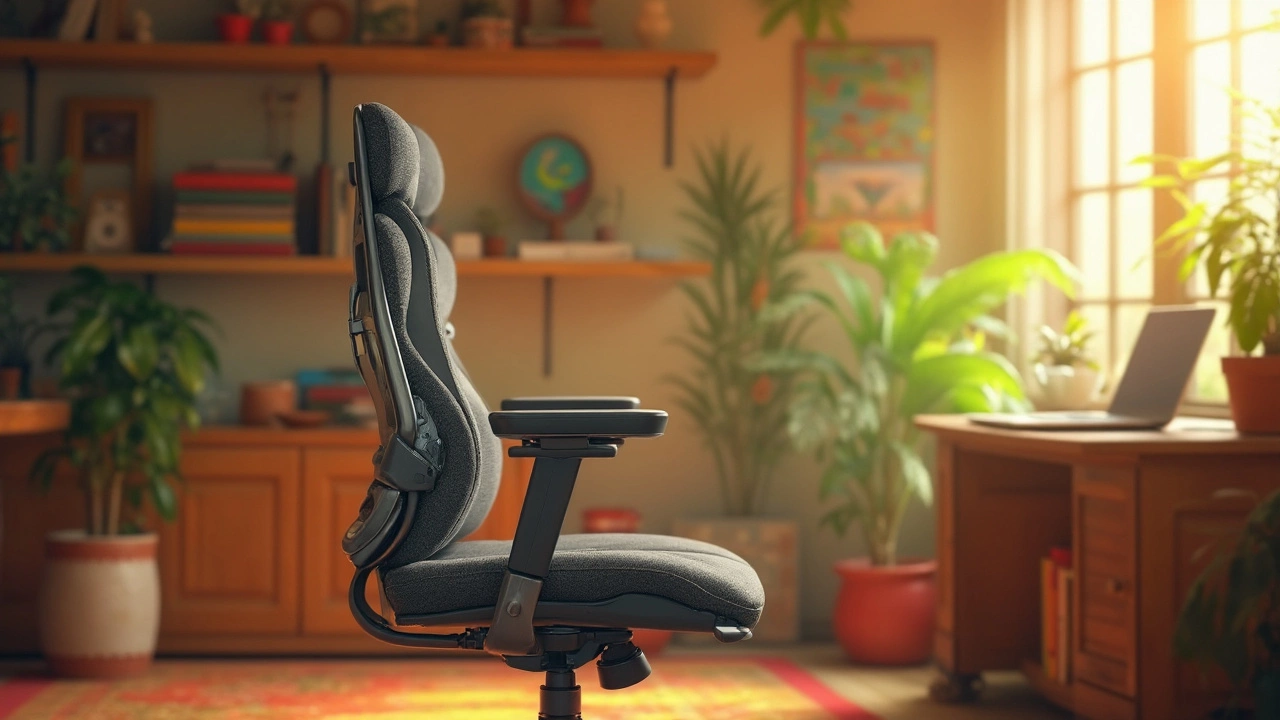Ergonomic Sofa Design – How to Choose Comfortable, Healthy Seating
When you sit on a couch for hours, the way it’s built can affect your back, hips, and even your mood. An ergonomic sofa isn’t just a fancy buzzword; it’s a practical way to keep your body aligned while you binge‑watch or chat with friends. Below you’ll find the basics that turn a regular couch into a supportive, everyday piece.
Key Ergonomic Features to Look For
First, check the seat height. A good rule of thumb is that the seat should be about the height of your knee when you’re standing – typically 16‑20 inches from the floor. This lets you sit and stand without straining your legs.
Next, pay attention to seat depth. If the sofa is too deep, you’ll slide forward and lose lumbar support. Aim for a depth that lets you sit back with your feet flat on the floor, usually around 20‑22 inches.
Back support is the third pillar. Look for a slightly curved backrest that follows the natural curve of your spine. Some sofas have built‑in lumbar pads or adjustable lumbar zones – these are gold for people who sit a lot.
Cushion density matters, too. A medium‑firm foam (around 2.5‑3 inches thick) offers enough bounce for comfort while still holding its shape. Low‑density cushions can flatten quickly, leading to sagging and poor posture.
Practical Tips for Buying an Ergonomic Sofa
Bring a measuring tape to the showroom. Measure your living room doorway, the space around the sofa, and the distance to other furniture. Knowing these numbers helps you avoid the dreaded “won’t fit” moment.
Take a test sit. Sit at the edge, in the middle, and near the armrest. Your feet should touch the floor, and you should feel a gentle hug around your lower back. If you notice an immediate dip or flat spot, that sofa isn’t right for you.
Ask about the frame material. Hardwood frames (like oak or beech) are sturdier and resist sagging better than soft‑wood or particleboard. A robust frame keeps the cushions from sinking over time.
Consider removable or washable covers. Dust, pet hair, and spills can degrade padding and affect ergonomics. Easy‑care fabrics let you keep the sofa fresh and supportive for longer.
Finally, think about modular options. A sectional with separate pieces lets you rearrange the layout and replace worn sections without buying a whole new couch.
By focusing on these ergonomic details, you’ll pick a sofa that feels good now and stays comfortable for years. Your back will thank you, and you’ll enjoy a stylish, healthy living space without compromising on looks.
How to Pick a Good Office Chair
Choosing an office chair might seem simple, but there are some crucial factors to consider for your health and productivity. A good chair supports your posture, adapts to your body, and adds to comfort during long working hours. Check for adjustable features, high-quality materials, and proper lumbar support. Even a small difference can significantly impact comfort and health.
Essential Insights on Office Chair Replacement Frequency
Office chairs are an integral part of the workplace environment, significantly impacting comfort and productivity. This article explores how often these chairs should be replaced based on factors like usage, quality, and ergonomic needs. It provides practical tips on identifying signs of wear and tear and choosing the right time for replacement. By understanding these elements, businesses can ensure a comfortable and efficient workspace.






